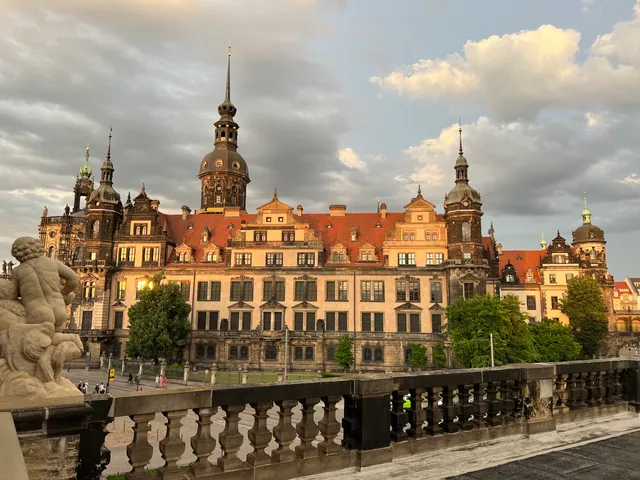Dresden Castle things to do, attractions, restaurants, events info and trip planning
Basic Info
Dresden Castle
Taschenberg 2, 01067 Dresden, Germany
4.7(4.9K)
Open 24 hours
Save
spot
spot
Ratings & Description
Info
Cultural
Family friendly
Accessibility
attractions: Green Vault, Zwinger, Old Masters Picture Gallery, Kathedrale Sanctissimae Trinitatis, Semperoper Dresden, Fürstenzug, CAMONDAS Schokoladenmuseum Dresden, Dresden Transport Museum, Palace of Culture, Frauenkirche Dresden, restaurants: ALEX Dresden am Schloss, Sophienkeller im Taschenbergpalais, Paulaner´s im Taschenbergpalais, SFIZIO, Curry am Schloss, Enotria da Miri, Kastenmeiers, Restaurant Platzhirsch am Schlosseck, Côdô, Enchilada Dresden
 Learn more insights from Wanderboat AI.
Learn more insights from Wanderboat AI.Phone
+49 351 49142000
Website
skd.museum
Plan your stay

Pet-friendly Hotels in Dresden
Find a cozy hotel nearby and make it a full experience.

Affordable Hotels in Dresden
Find a cozy hotel nearby and make it a full experience.

The Coolest Hotels You Haven't Heard Of (Yet)
Find a cozy hotel nearby and make it a full experience.

Trending Stays Worth the Hype in Dresden
Find a cozy hotel nearby and make it a full experience.
Reviews
Nearby attractions of Dresden Castle
Green Vault
Zwinger
Old Masters Picture Gallery
Kathedrale Sanctissimae Trinitatis
Semperoper Dresden
Fürstenzug
CAMONDAS Schokoladenmuseum Dresden
Dresden Transport Museum
Palace of Culture
Frauenkirche Dresden
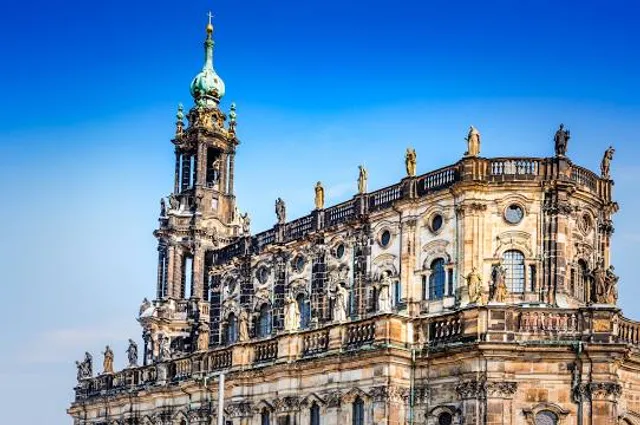
Green Vault
4.7
(3.5K)
Closed
Click for details
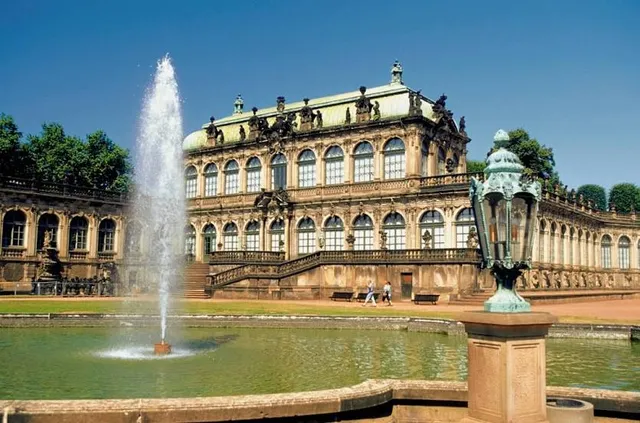
Zwinger
4.7
(19.9K)
Open 24 hours
Click for details
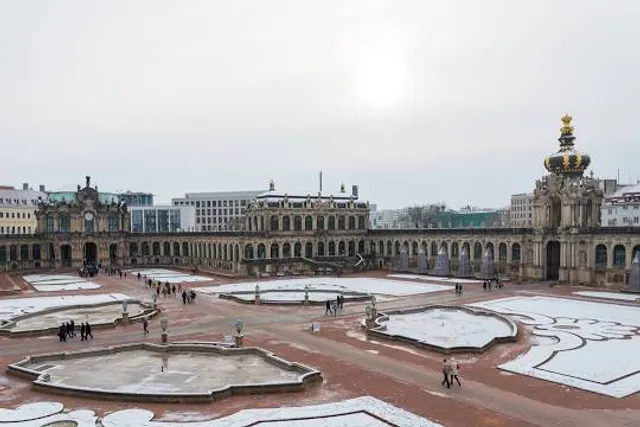
Old Masters Picture Gallery
4.8
(3.4K)
Open 24 hours
Click for details
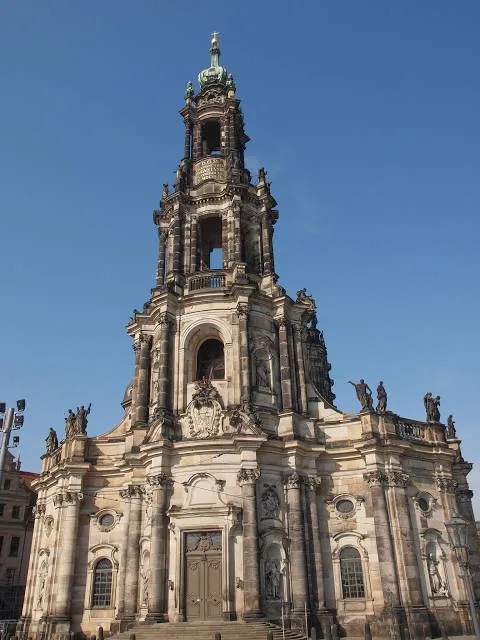
Kathedrale Sanctissimae Trinitatis
4.8
(1.5K)
Open 24 hours
Click for details
Things to do nearby

Explore Dresdens highlights
Wed, Dec 31 • 10:30 AM
01067, Dresden, Germany
View details
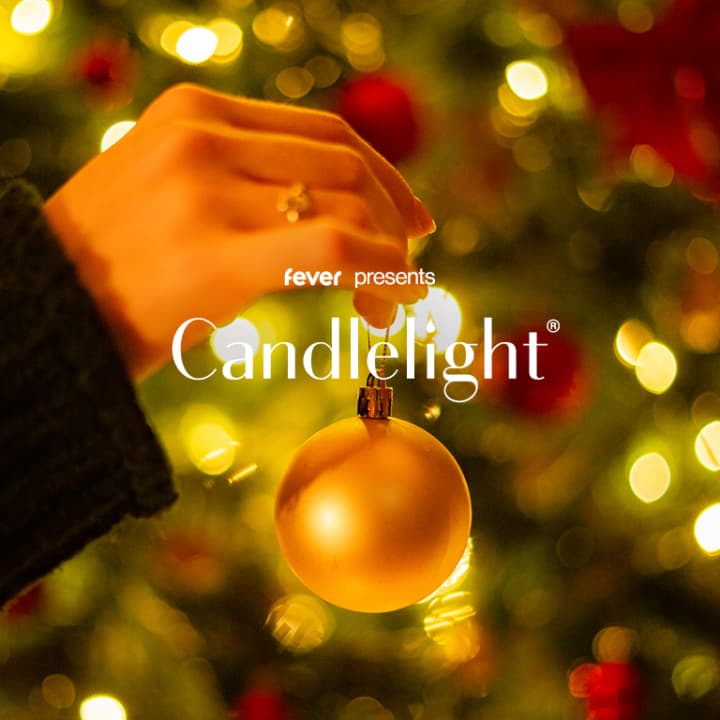
Candlelight: Weihnachtsklassiker
Sat, Dec 27 • 8:00 PM
Bautzner Straße 130, Dresden-Loschwitz, 01099
View details
Nearby restaurants of Dresden Castle
ALEX Dresden am Schloss
Sophienkeller im Taschenbergpalais
Paulaner´s im Taschenbergpalais
SFIZIO
Curry am Schloss
Enotria da Miri
Kastenmeiers
Restaurant Platzhirsch am Schlosseck
Côdô
Enchilada Dresden
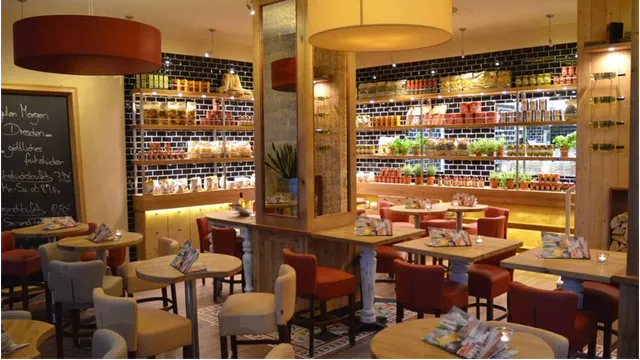
ALEX Dresden am Schloss
4.2
(3.3K)
Click for details
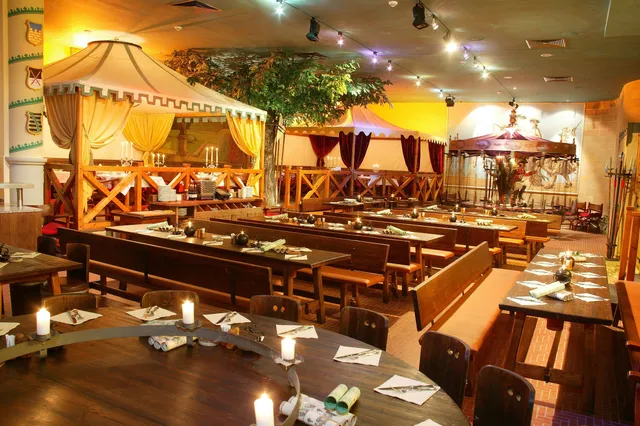
Sophienkeller im Taschenbergpalais
4.6
(2.3K)
Click for details
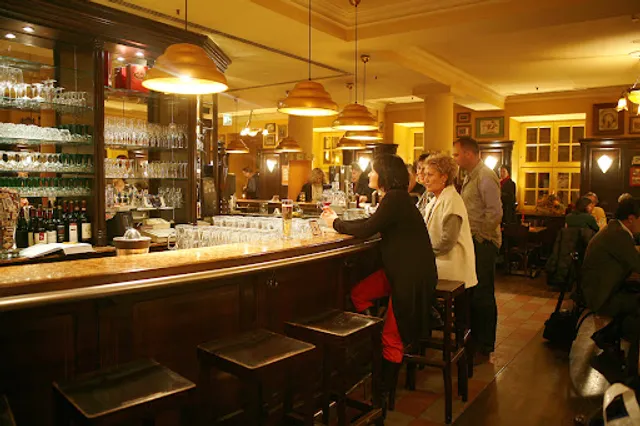
Paulaner´s im Taschenbergpalais
4.4
(690)
Click for details
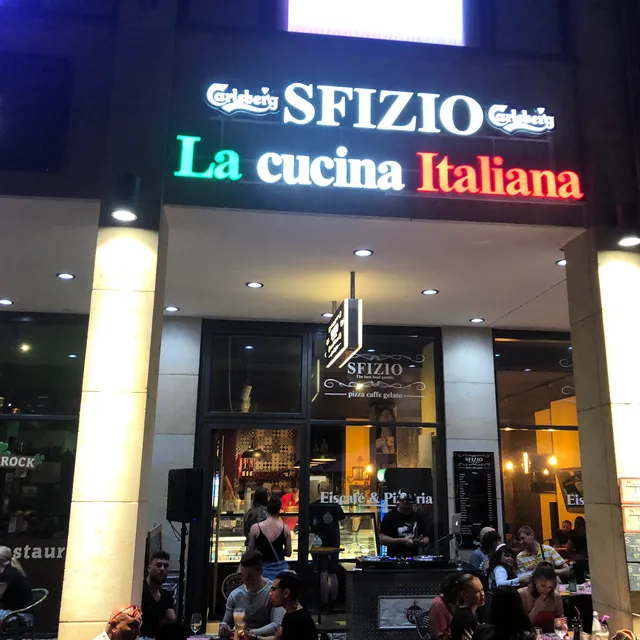
SFIZIO
4.8
(2K)
Click for details
